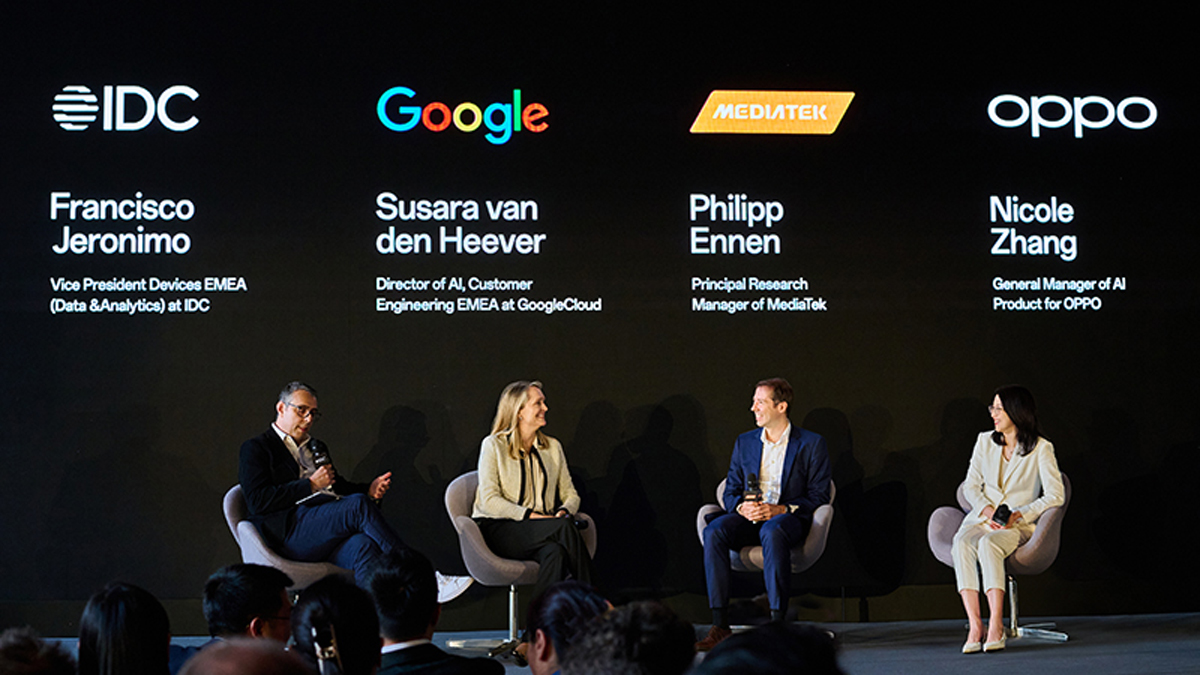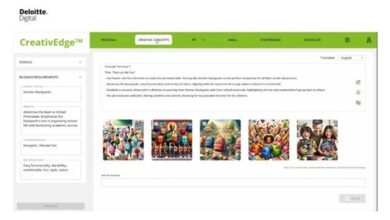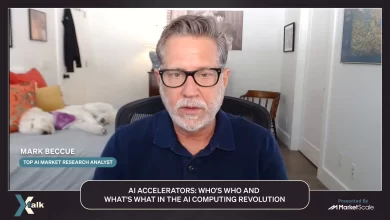OPPO aims to bring generative AI features to 50 million phones by end-2024

OPPO aims to bring generative AI features to 50 million phones by end-2024
OPPO has finally shared more details about its approach to smartphone AI after having launched an R&D centre and the AI Eraser tool on more OPPO devices.
The Chinese electronics brand has announced its strategy for creating artificial intelligence tools in its products, which it calls “AI phones.” OPPO said it will approach generative AI to make AI phones accessible to everyone.
Part of what drives OPPO’s shift in phone strategy is informed by a report commissioned via IDC, titled Time to Democratize the Impact of AI Tech. The report predicts that demand for phones with generative AI features under US$1,000 would see a 250% growth in 2024, reaching 35 million units worldwide.
OPPO and its 5,000 AI patents and inventions will use a hybrid AI approach to capitalise on this shift towards generative AI across more phone segments. Both on-device and cloud-based AI architectures will support phone features (i.e. the lower the phone tier, the more it relies on cloud AI for processing).

The company is also said to be working with Microsoft, Google, MediaTek, and other industry partners to increase the number of generative AI features in its future smartphones.
For example, OPPO said it would include Google Gemini LLMs for the OPPO Reno12 series phones and the “next-generation Find X flagship” device. The inclusion of Gemini would introduce new features like “AI Writer” and “AI Recording Summary”, although there were no specifics on how these features work.
Additionally, “the next generation” of OPPO phones would also come with “Microsoft capabilities” to bring a “more efficient, accurate, and natural voice and text conversion experience”.
Source: OPPO (newsroom)



